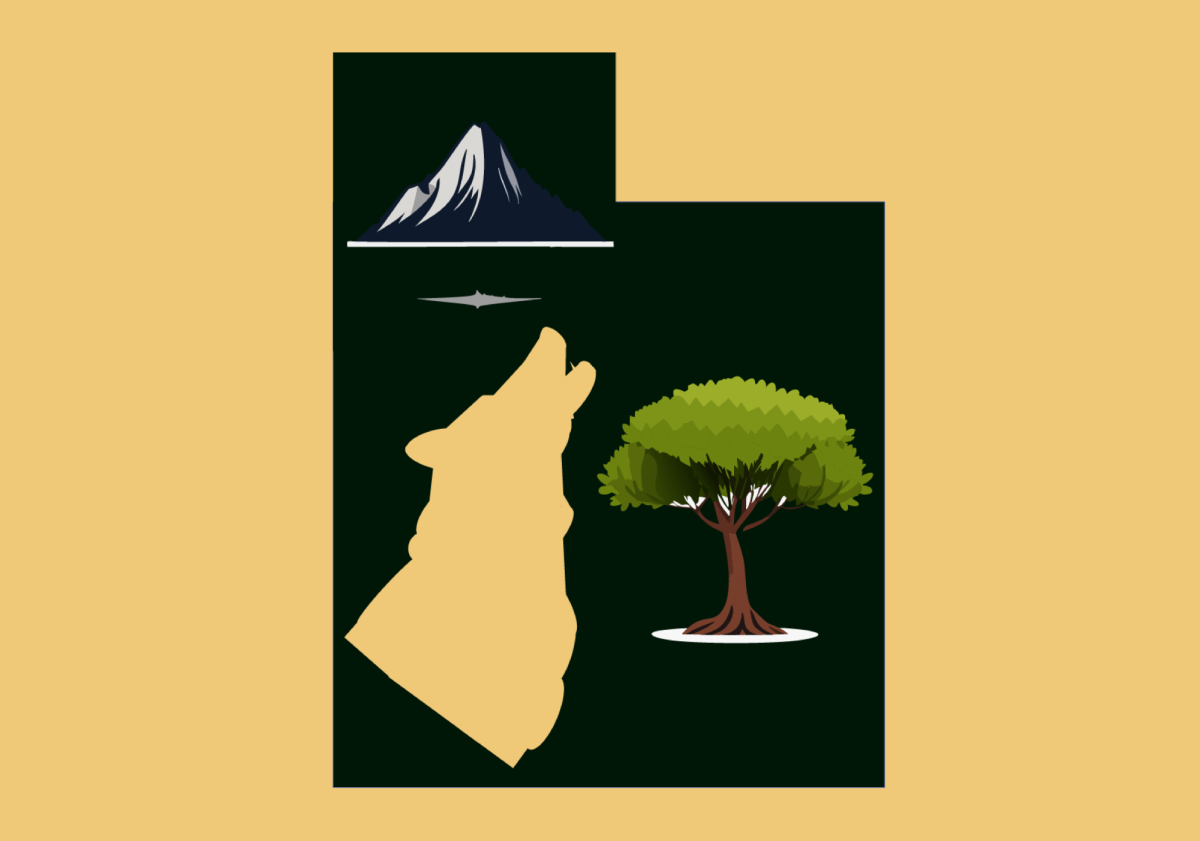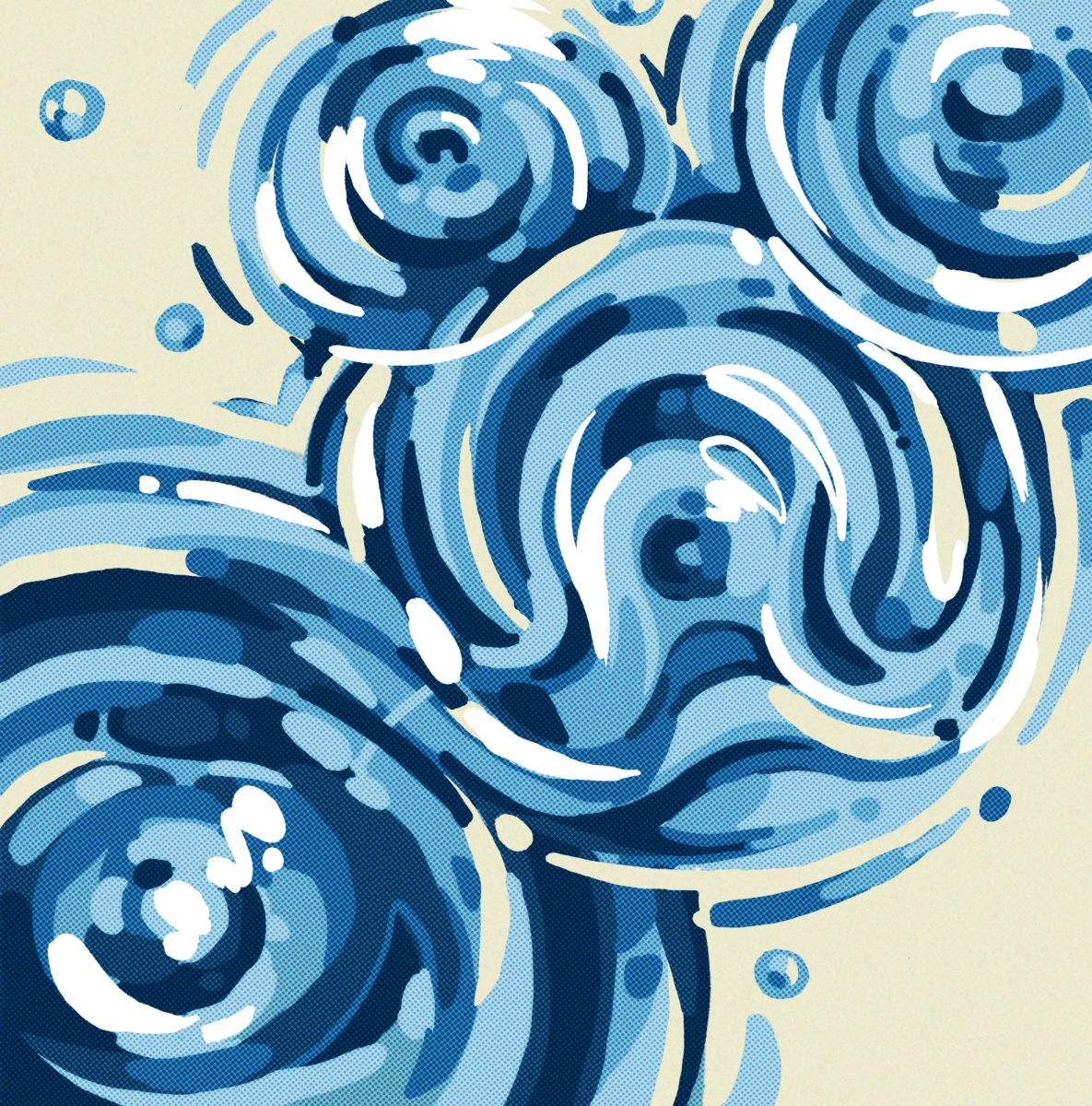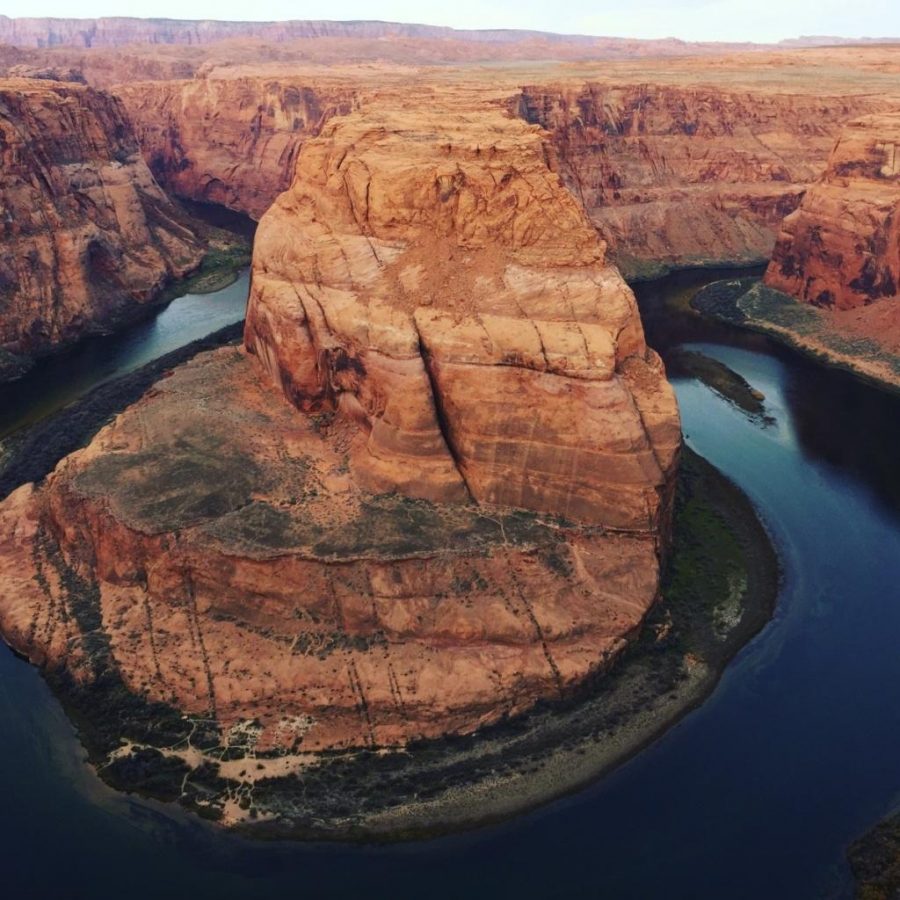NPR recently came out with an article regarding the latest news of a few monumental places being taken away from the public, one of which is even being burned down. This is due to the high volume of “Instagramers” who venture to these locations to photograph and share these once quiet places on social media sites. The problem is gradually becoming more severe and it’s time that people be aware of the impact their presence and intentions have on natural spaces.
Over the past few years, places such as Horseshoe Bend in northern Arizona, Conundrum Hot Springs, Vance Creek Bridge, as well as many other beautiful natural sights have seen exponential growth in visitors. These places were not prepared for this many visitors and it is hurting the environment. Because these locations aren’t protected by the National Park Service, people can go in without any information about the areas they visit.
The Vance Creek Bridge caught on fire this year by some people who were there taking photos. It is a privately owned bridge that was built in Mason County, Washington and is one of the highest bridges in the world. The area surrounding this bridge is absolutely stunning and definitely photo worthy, but there comes a point when people find themselves taking pictures for the sake of the photo, rather than appreciating the beauty and connecting with nature in a more authentic manner. This inability to genuinely connect with nature often leads to apathetic attitudes towards the sights themselves, making them more vulnerable to visitors’ carelessness.
“Its location was revealed in 2012 on Instagram and, since then, visitorship has just exploded. The railing company that owns the bridge has tried to slow down the number of people visiting it by putting up a fence and then excavating the whole area around the bridge before it drops down over 300 feet towards the river. They haven’t been successful with that, and as a result of vandalism, graffiti and a couple of unresolved campfires that caught the bridge on fire — they’re just going to tear it down now.” States Lulu Garcia-Navarro, a writer for NPR.
It’s sad to me that they had to tear down a beautiful and monumental bridge because people were mistreating the land. I also find it hypocritical how most of the people going there were taking pictures for Instagram to “admire” the beauty of it, but ended up ruining it for anyone wishing to experience it in a more authentic way down the road.
This trend of adoring nature and flooding Instagram with thousands of posts about it has many people upset. A lot of individuals I have spoken with have explained that their biggest pet peeve is when Instagramers pull out wildflowers to take a picture of themselves, displaying the flowers in their hands in front of a mountain, or some other natural landscape. This need to be stopped because wildflowers are not meant to be picked, and landscapes are not meant to be abused for the sake of increasing online popularity.
Although the majority of the visitors to such popular natural locations are Instagramers taking photos, that doesn’t mean that they are all necessarily at fault. Going to these remote and extravagant places isn’t a bad thing, but when people do go, they need to leave the place how they found it and make those extra efforts to be environmentally cautious and respectful. Otherwise, we could lose these scenic places in the future. It is great that our society seems to want to embrace nature more, and if it takes social media as a motivation to make that happen, so be it. But these monumental areas need to be kept preserved and protected, and visitors must make an effort to educate themselves on how to best ensure that our natural lands aren’t tainted by human selfishness and ignorance.

















